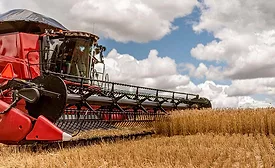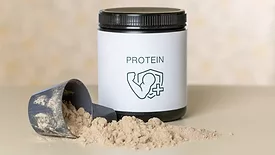Contamination Control
Evaluating Agricultural Sources of Physical Contaminants in Food
The prevention of physical contaminants in the food stream starts at the beginning of the supply chain
October 15, 2025
Strategies for Reducing Contamination and Cross-Contamination on Farms
SSAFE has developed a practical guide that provides farmers around the world with 47 useful and effective measures to reduce or eliminate contamination on their farms
October 13, 2025
Never miss the latest news and trends driving the food safety industry
eNewsletter | Website | eMagazine
JOIN TODAY!Copyright ©2025. All Rights Reserved BNP Media.
Design, CMS, Hosting & Web Development :: ePublishing











